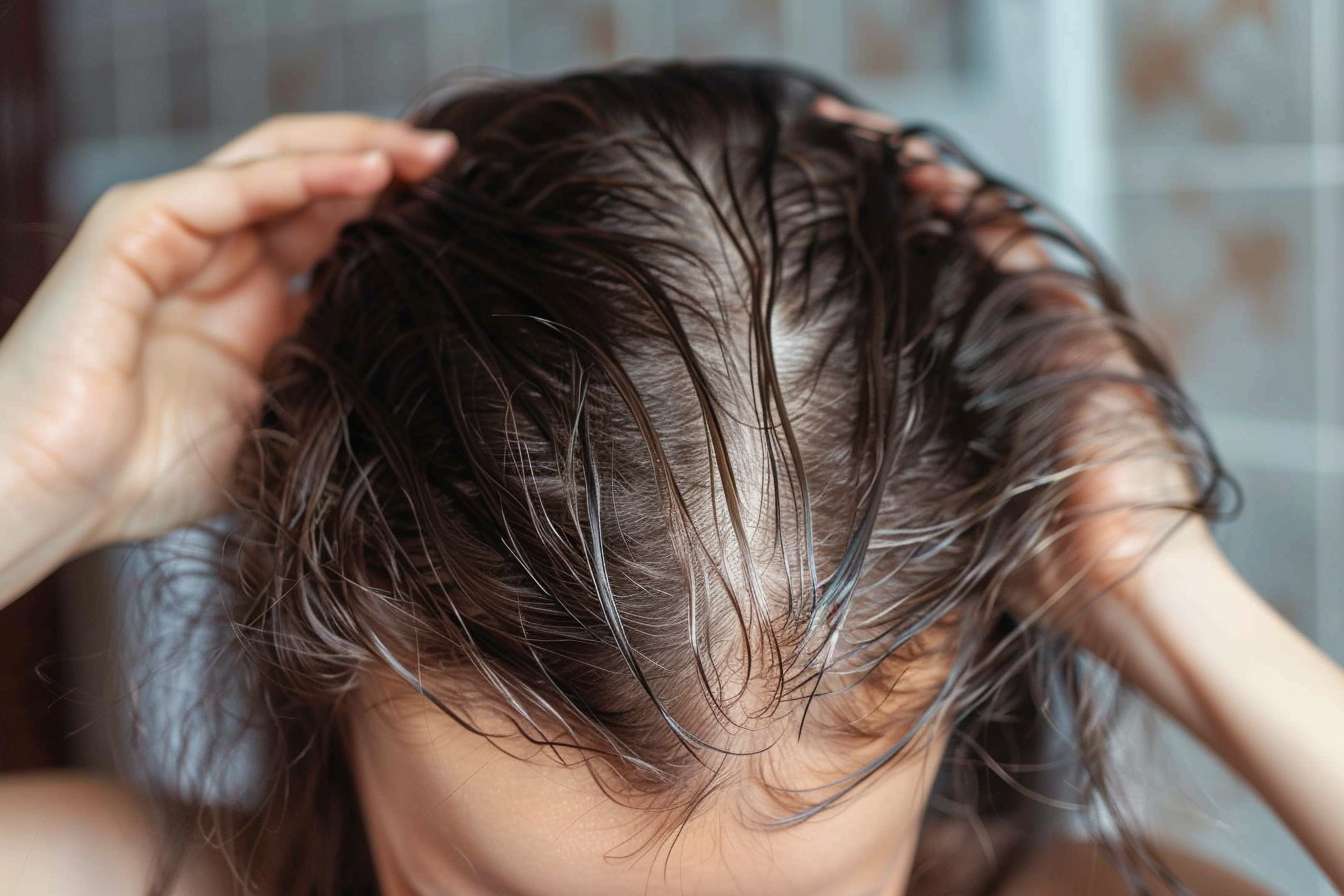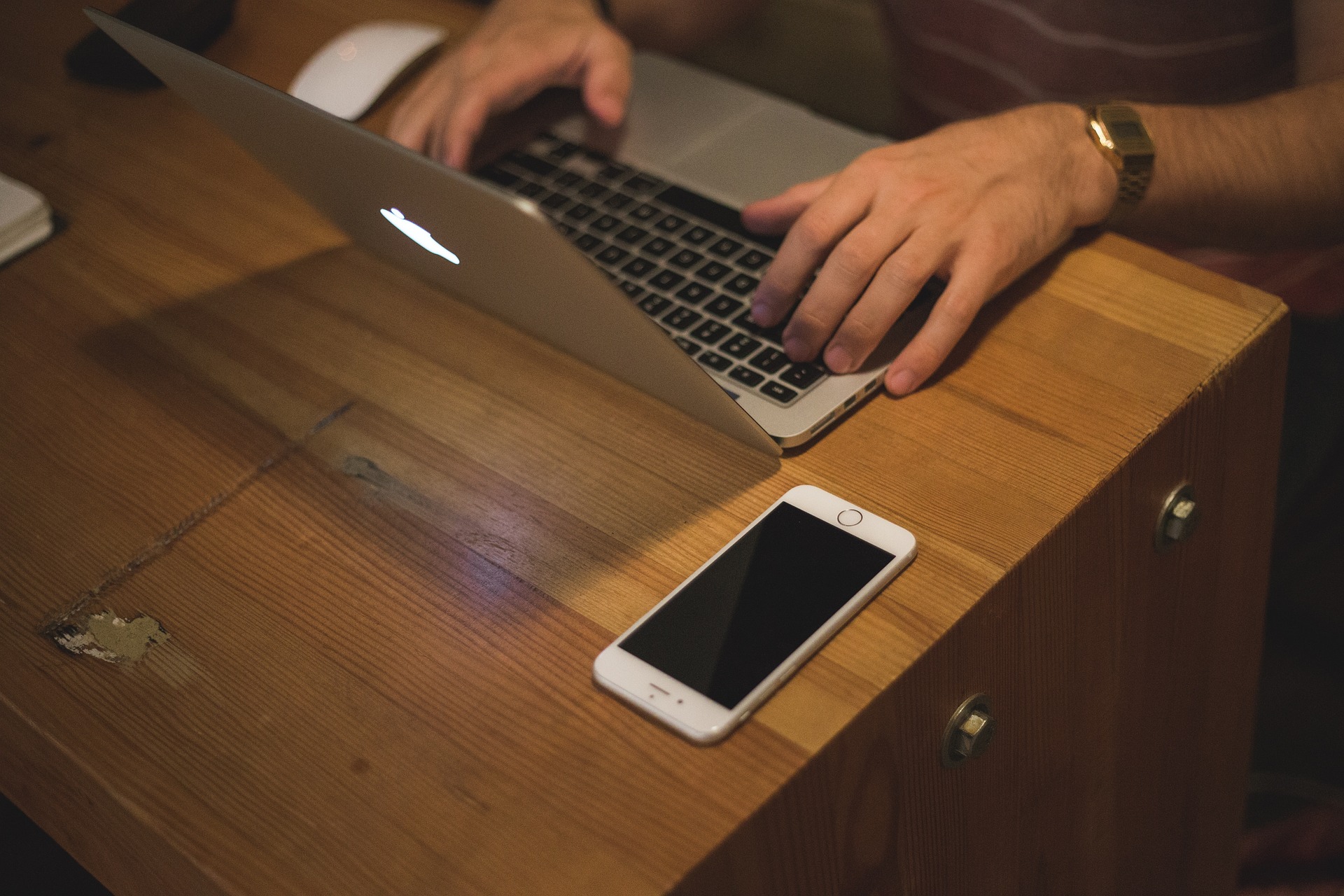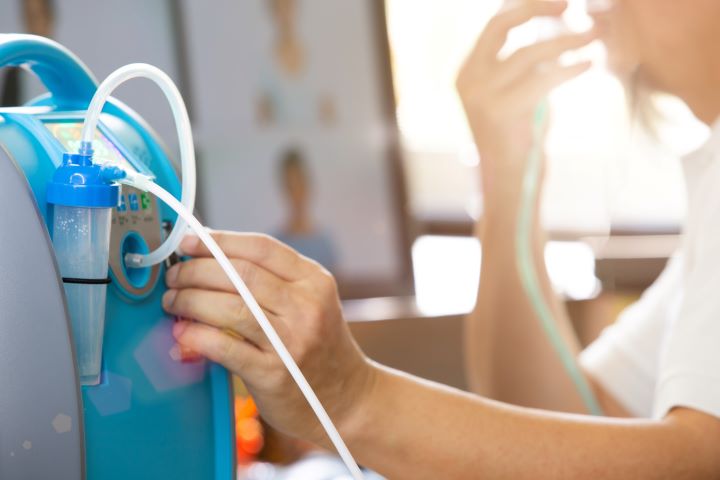Understanding Botox: A Deep Dive into the Cosmetic Game-Changer
Botox, known medically as botulinum toxin, is a powerful substance that, when used correctly, can create dramatic changes in a person's appearance. Since its FDA approval for cosmetic use in 2002, Botox has emerged as one of the most popular non-surgical cosmetic treatments worldwide. This article delves into the history, application, trends, and societal impact of Botox, offering a comprehensive exploration of this game-changing beauty tool.

Botox: From Deadly Toxin to Beauty Elixir
Botox’s journey from a lethal poison to a coveted beauty treatment is an intriguing story. Botulinum toxin was first discovered in the 19th century, associated with a food poisoning outbreak caused by improperly handled sausages. Its paralyzing effect was noted, and in the 20th century, scientists began exploring its potential medical applications. Botox was initially used to treat conditions like lazy eye and excessive sweating. However, its wrinkle-reducing side effect was soon recognized, and the cosmetic use of Botox was born.
Today, Botox is a household name, synonymous with the pursuit of beauty and the fight against aging. Its main use is to reduce fine lines and wrinkles by paralyzing the underlying muscles, leading to a smoother, more youthful appearance.
The Rise and Impact of Botox
The popularity of Botox has skyrocketed since its introduction into the cosmetic field. According to the American Society of Plastic Surgeons, more than 7.4 million Botox treatments were performed in 2019 alone. This represents a 878% increase since 2000, demonstrating the significant role Botox plays in the cosmetic industry.
This rise has not only reshaped the beauty landscape but also societal attitudes towards aging. The acceptance and normalization of Botox treatments reflect a shift in society’s acceptance of cosmetic intervention as a routine part of self-care and beauty maintenance.
Botox: A Staple in Modern Beauty Trends
Botox has become a central player in the beauty world, influencing and shaping trends. The ‘frozen look’ associated with Botox, characterized by a lack of facial expression and ultra-smooth skin, has become a beauty standard in certain circles. However, new trends are leaning towards a more natural look, with a less-is-more approach to Botox.
One such trend is ‘Baby Botox’, a technique that involves injecting smaller amounts of Botox to achieve subtler results. This approach aims to maintain facial expressions and natural movement while still reducing the appearance of wrinkles. It’s a response to the growing demand for a more ‘natural’ aesthetic in the beauty industry.
Reception and Controversy: The Botox Debate
Botox, like any cosmetic procedure, has not been without controversy. Critics argue that it promotes unrealistic beauty standards and contributes to society’s obsession with youth and perfection. There are also concerns regarding the long-term effects of Botox, which are still not fully understood.
However, proponents argue that Botox is a personal choice and a tool for individuals to feel more confident and comfortable in their skin. They point out that it can also have therapeutic benefits, helping to alleviate conditions like migraines and excessive sweating.
Future Directions: Botox and Beyond
Looking forward, Botox is likely to remain an integral part of the beauty industry. As the demand for non-surgical cosmetic procedures continues to rise, so too will the use of Botox. Advances in technology and technique may also expand the uses of Botox, potentially opening new avenues for this versatile substance.
In conclusion, Botox has undeniably made its mark on the beauty industry and society at large. Its journey from a deadly toxin to a beauty staple is a testament to the transformative power of science and the ever-evolving nature of beauty standards. Despite the controversy and debate surrounding its use, Botox’s popularity and impact are likely to continue, shaping the future of cosmetic procedures.




